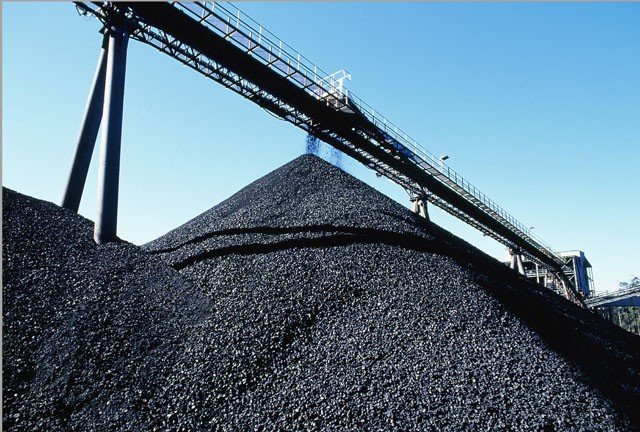
There seems to be a misconception in the general community that there is something attractive or good about jobs in the mining sector.
But as someone whose main career included 25 years in the refinery, mining construction and production industries, I can state quite emphatically that mining jobs are shit jobs.
It wasn't always the case, but mining jobs have become progressively less desirable in the past 20 years.
Until the infamous and dangerous 12-hour rotating shifts began in Queensland and NSW coalmines in the late ’80s, safety levels had risen quite high in the coalmining industry following the disasters of the ’70s.
Shifts were generally eight hours long, made up of seven hours ordinary time (yes, the 35-hour week) and one hour paid overtime. This divided the day neatly into day, afternoon and night shifts.
The upside was that at mines such as Ulan Coal, where I worked, there was always a great deal of communication between the miners on the various shifts. Industrial and safety issues could be dealt with very quickly and easily before a problem emerged.
Wages were quite high and my tax return from 1988-9 shows a base wage of $37,000 plus $28,000 in coal production bonuses.
As the operation was 24/7, every third weekend most staff worked one or two eight-hour shifts. This meant that, with a little shift swapping here and there, a normal family, sporting and community life was possible.
The 12-hour rotating shifts changed all that.
The new rosters may then have been; three 12-hour dayshifts, followed by two days off, then four 12-hour night shifts followed by two days off and so on.
Today, miners often work four, five or even seven 12-hour days, followed by four or five days off, followed by four or five 12-hour nights.
Studies done in the US in the ’70s indicated that, while rotating shifts were generally not desirable, if they were deemed necessary because of the nature of the operation, then the shortest period in-between shift changes should be three months, and that no overtime should be worked for a week either side of the roster change.
Psychology students at Australian universities are taught of the dangers of constant changes to sleep patterns.
Despite the reluctance of the main mining unions to accept these shift changes in the ’80s, the carrot of an extra 10 days off a year was too much and the workers steamrolled their unions.

The result of these changes has been, in my view, quite catastrophic.
In the case of Ulan Coal, there was an immediate rise in the number of injuries caused by inattention and fatigue, such as Stanley knife cuts, slips, falls and driving accidents.
Then we had the miners who liked a beer after work going to the pub already very tired.
As the social workers will tell you, tiredness and alcohol are not a good combination and the incidence of domestic violence in our community went through the roof.
Workers were no longer able to take part in the life of their community or sporting clubs and there were psychological problems caused by constant sleep pattern changes.
In the years since these shift changes began some other observations can be made.
Despite the advances in mining safety in the ’80s, accidents and fatality rates have now risen.
The unions, especially the Construction Forestry Mining Energy Union and the Australian Manufacturing Workers Union, who tried hard to protect their members, have been largely sidelined.
The Australian Workers Union (AWU) has moved into mining in a big way, and it has never been active in fully protecting its members’ interests or safety.
The AWU faction dominates the Queensland Labor Party machine. Several ex-AWU state cabinet ministers now work as mining company executives.
The skills base of miners has also changed significantly. The increase in computerisation and automation means very few workers are today employed at coalmines compared with the past.
Whereas miners were once highly skilled, many of today’s miners are actually unskilled workers (euphemistically called “multiskilled”) supervised by a highly skilled group of electrical and mechanical engineers.
There is no effective enforcement of safety regulations in many mines. Mining companies are poisoning our farmlands and aquifers with no interference from compliant governments.
To me, as an observer of these changes, the saddest thing has been the destruction of community and family life in what were previously vibrant and inclusive mining communities.
The corruption of the political process has been made easier by the reduction in the political skills base of miners.
State governments have avoided their responsibilities and have allowed the market to set every aspect of our cultural and societal development.
The introduction of large-scale, coal seam gas extraction and the continuing establishment of new coalmines in Queensland and NSW will also cause significant, harmful environmental impacts.
Comments
Anonymous replied on Permalink
stuartmunckton@... replied on Permalink